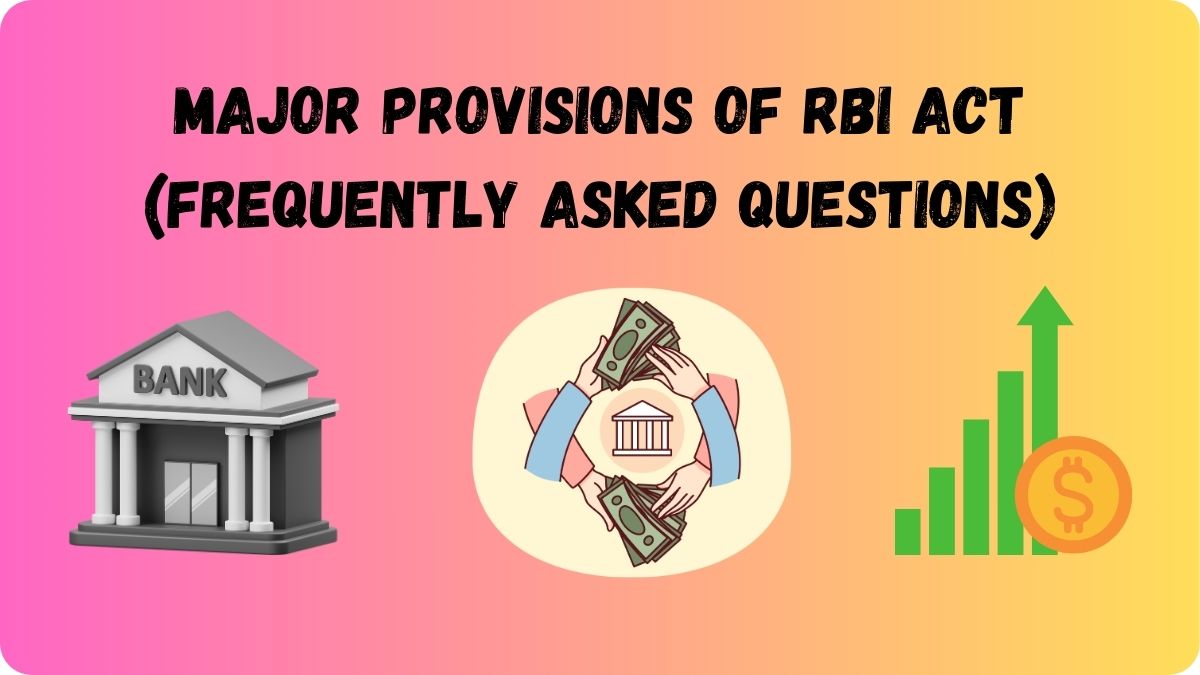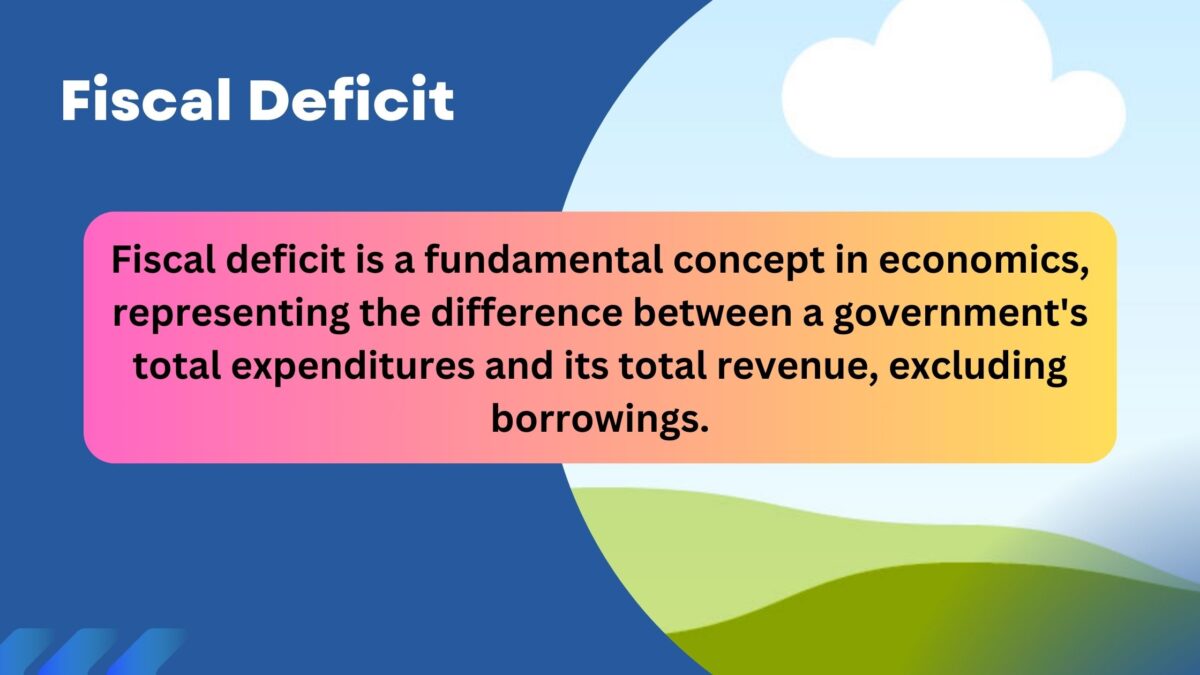35 Frequently Asked Questions on Major Provisions of RBI Act

The Reserve Bank of India (RBI) Act of 1934 is a cornerstone of India’s financial and banking system, laying the foundation for the establishment and functioning of the Reserve Bank of India. Enacted on March 6, 1934, the Act empowers the RBI to regulate the issuance of currency, manage the country’s foreign exchange, oversee monetary policy, and ensure financial stability. Key provisions include the regulation of commercial banks, licensing of new banks, management of government securities, and supervision of the payment and settlement systems.
The Act also outlines the composition and roles of the Central Board of Directors, details the responsibilities in maintaining cash reserves and statutory liquidity ratios, and empowers the RBI to act as a lender of last resort. Through these provisions, the RBI plays a pivotal role in India’s economic development and financial inclusion efforts. Here are some frequently asked questions on the Major Provisions of RBI Act. Let’s dive in.
1. What is the primary purpose of the RBI Act of 1934?
The primary purpose of the RBI Act of 1934 is to constitute the Reserve Bank of India to regulate the issue of banknotes, maintain reserves to secure monetary stability in India, and generally to operate the currency and credit system of the country to its advantage.
2. When was the RBI Act of 1934 enacted?
The RBI Act of 1934 was enacted on March 6, 1934, and the Reserve Bank of India commenced its operations on April 1, 1935.
3. What are the key functions of the Reserve Bank of India as outlined in the RBI Act?
Key functions include regulating the issuance of currency, managing foreign exchange, operating the credit system, maintaining financial stability, acting as the banker to the government, and supervising and regulating the banking sector.
4. How does the RBI Act define the composition of the Central Board of Directors of the RBI?
The Central Board of Directors consists of a Governor and not more than four Deputy Governors, four directors nominated by the central government, one government official nominated by the central government, and four directors to represent local boards located in Mumbai, Kolkata, Chennai, and New Delhi.
5. What is the tenure of the Governor and Deputy Governors of the RBI according to the Act?
The tenure of the Governor and Deputy Governors is determined by the central government and usually ranges from 3 to 5 years, with the possibility of reappointment.
6. How does the RBI Act empower the RBI to regulate the monetary policy of India?
The RBI Act empowers the RBI to formulate and implement the country’s monetary policy, including the use of tools like the repo rate, reverse repo rate, and open market operations to control money supply and inflation.
7. What are the provisions regarding the issue of currency notes under the RBI Act?
The RBI has the sole authority to issue currency notes in India, except for one-rupee notes and coins, which are issued by the Ministry of Finance. The design, form, and material of banknotes are approved by the central government on the recommendation of the RBI.
8. How does the RBI Act ensure the regulation and supervision of commercial banks?
The RBI Act grants the RBI the power to license banks, regulate their business operations, inspect their books, and take corrective actions to ensure financial stability and compliance with regulations.
9. What role does the RBI play in managing foreign exchange under the RBI Act?
The RBI manages the Foreign Exchange Management Act (FEMA) to facilitate external trade and payments and promote the orderly development and maintenance of the foreign exchange market in India.
10. How does the RBI Act address the establishment and regulation of cooperative banks?
The RBI regulates cooperative banks under the Banking Regulation Act, 1949, as made applicable to cooperative societies, which covers licensing, financial supervision, and management of these banks.
11. What is the function of the Reserve Bank in managing government securities as per the Act?
The RBI acts as the agent of the central and state governments for the issuance and management of government securities, including the conduct of auctions and maintaining investor accounts.
12. How does the RBI Act guide the formulation of the Credit Policy?
The RBI formulates the credit policy to control the availability, cost, and direction of credit, using tools like the cash reserve ratio (CRR), statutory liquidity ratio (SLR), and the policy rates (repo and reverse repo).
13. What powers does the RBI have to inspect and audit banks under the Act?
The RBI has the authority to inspect any bank’s books and accounts and to call for information from banks to ensure they are complying with regulatory requirements and maintaining financial health.
14. What are the provisions in the RBI Act regarding the maintenance of the Cash Reserve Ratio (CRR)?
Banks are required to maintain a certain percentage of their total demand and time liabilities as cash reserves with the RBI. The RBI can determine and vary the CRR within statutory limits.
15. How does the RBI Act empower the Reserve Bank to act as a lender of last resort?
The RBI can provide financial assistance to banks facing liquidity issues to prevent systemic crises and maintain stability in the banking system.
16. What are the regulations related to the statutory liquidity ratio (SLR) in the RBI Act?
Banks must maintain a specified percentage of their net demand and time liabilities in the form of liquid assets such as cash, gold, and government securities, as prescribed by the RBI.
17. How does the RBI Act outline the process for the amalgamation of banks?
The RBI can approve the amalgamation of banks, ensuring that the merger or acquisition is in the public interest, in the interest of depositors, or to secure the proper management of the bank.
18. What are the RBI’s powers concerning the licensing of new banks according to the Act?
The RBI has the authority to grant licenses for the establishment of new banks and can set conditions for their operations to ensure they comply with banking regulations.
19. How does the RBI Act facilitate the development and regulation of the payment and settlement systems?
The RBI regulates payment and settlement systems to ensure their safety, efficiency, and accessibility, promoting the adoption of secure and modern payment mechanisms.
20. What provisions does the RBI Act have for penal actions against non-compliant banks?
The RBI can impose penalties, restrict operations, or take other corrective measures against banks that fail to comply with regulatory requirements or engage in unsafe practices.
21. How does the RBI Act ensure financial stability in the country?
The RBI monitors the financial system, manages monetary policy, regulates financial institutions, and takes preemptive measures to mitigate systemic risks and ensure financial stability.
22. What role does the RBI play in the issuance and management of government bonds under the Act?
The RBI manages the issuance and servicing of government bonds, conducting auctions and maintaining investor records to support government borrowing requirements.
23. How does the RBI Act address the management of public debt?
The RBI acts as the debt manager for the government, handling the issuance, redemption, and servicing of public debt, and ensuring its efficient management.
24. What are the guidelines for the RBI to follow in times of financial crisis as per the Act?
The RBI can implement measures such as altering interest rates, providing emergency liquidity, and other interventions to stabilize the financial system during crises.
25. How does the RBI Act define the role of the RBI in promoting financial inclusion?
The RBI promotes financial inclusion by encouraging banks to provide affordable financial services to underserved and unbanked populations, supporting initiatives like the Pradhan Mantri Jan Dhan Yojana.
26. What is the significance of Section 7 of the RBI Act concerning government control over the RBI?
Section 7 allows the central government to give directions to the RBI in public interest after consulting the Governor, ensuring a balance between government oversight and RBI autonomy.
27. How does the RBI Act regulate the operations of non-banking financial companies (NBFCs)?
The RBI regulates NBFCs by requiring them to register, comply with prudential norms, and maintain adequate capital to ensure their financial soundness and protect depositor interests.
28. What are the RBI’s responsibilities in maintaining the value of the Indian currency under the Act?
The RBI manages monetary policy, regulates foreign exchange, and intervenes in the foreign exchange market to stabilize the value of the Indian currency and control inflation.
29. How does the RBI Act outline the procedures for handling banking frauds?
The RBI has guidelines and mechanisms for reporting, investigating, and taking corrective actions against banking frauds to protect the integrity of the financial system.
30. What are the provisions for the establishment and operation of currency chests under the RBI Act?
The RBI establishes currency chests at select bank branches to store and distribute currency notes and coins, ensuring adequate supply and facilitating smooth currency management.






